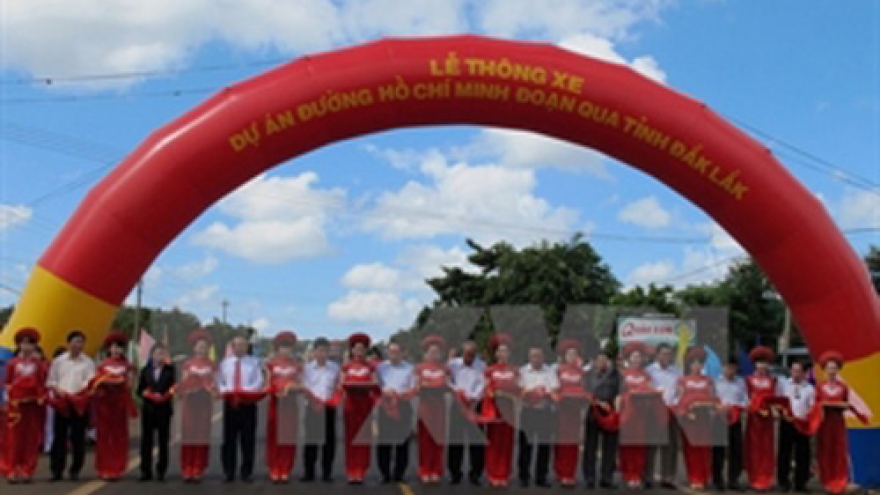Nguyen Ngoc Dong, deputy transport minister, said the capital city will need around US$1 billion a year to improve its traffic flow.
That means Hanoi has to use its foreign loans and proceeds from government bonds effectively and simplify procedures to attract more funding, he said.
Hoang Trung Hai, secretary of Hanoi’s Party unit, said congestion is an “alarming” problem as the rapid surge of vehicles means new roads were overcrowded only a couple years after being opened to traffic.
Official data showed that the city now has 5.3 million motorbikes and 560,000 cars.
The number of motorbikes is set to increase 11% every year and cars, 17%. By 2020, it will have nearly one million cars and seven million motorbikes.
“People have a lot of difficulties traveling on the streets. It's not safe.”
Heavy traffic in Hanoi does not only mean regular jams and crashes, but it has also been blamed as the main cause of air pollution in the city.
Khuat Viet Hung, vice chairman of the National Traffic Safety Committee, suggested that Hanoi restrict car purchases by auctioning a limited number of permits.
Hung cited statistics from healthcare agencies as saying that pollution kills around 44,000 people in Vietnam every year. The real-time air quality index on aqicn.org has kept ranking Hanoi's air quality as "unhealthy" the past days.
French pollutant analysis company ARIA Technologies in 2012 ranked Hanoi the most polluted city in Southeast Asia and among those with the worst air pollution in Asia.





